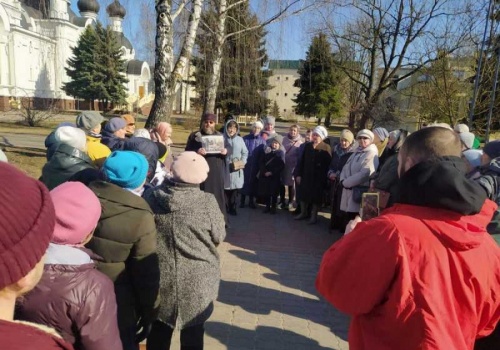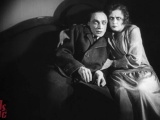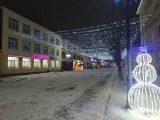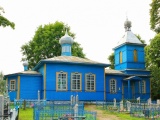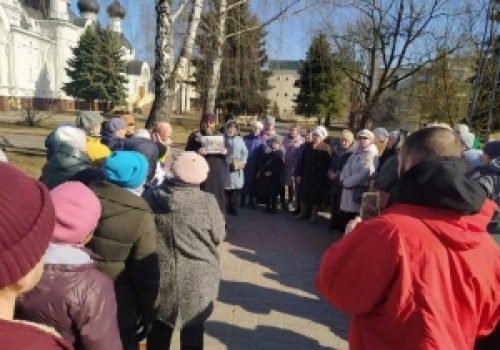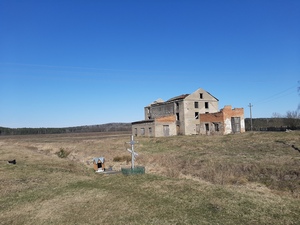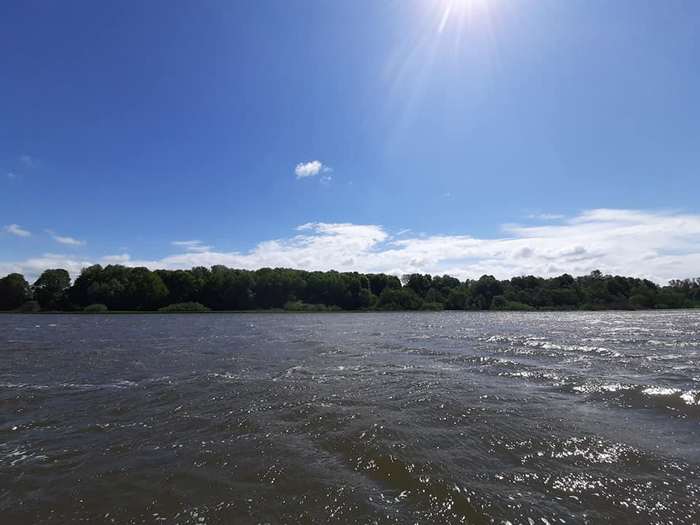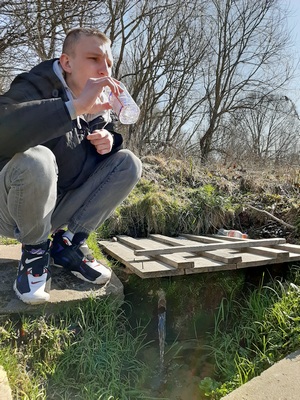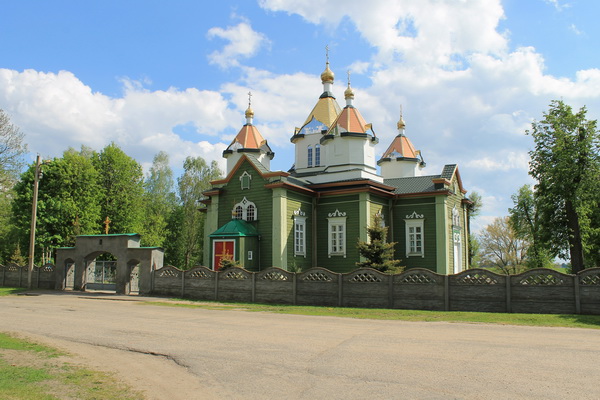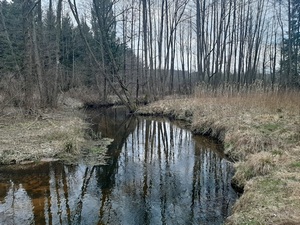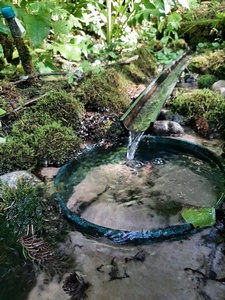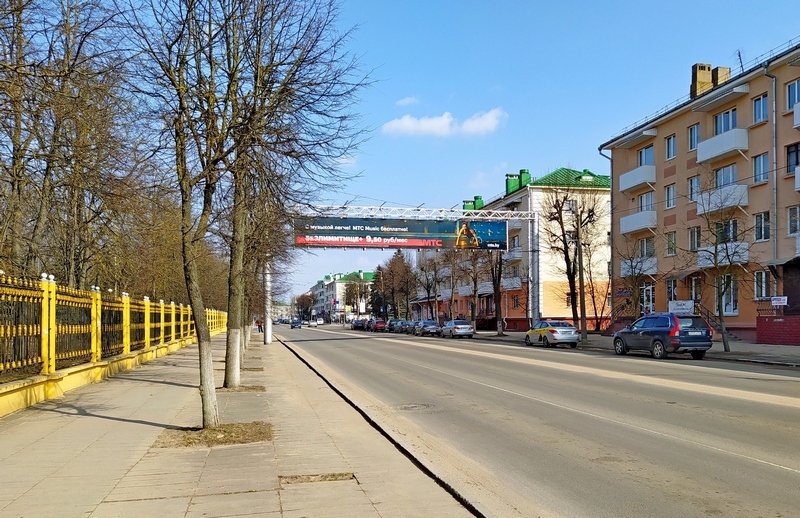Fortified area “Verkhniaya Shchara”
In the vicinity of the villages of Arabovshchina, Koldychevo and Staryie Voikovichy any traveller won’t miss the unique concrete works – the bunkers of the fortified area “Verkhniaya Shchara” which arose there to the west of the Soviet-Polish border in the early 20th century.
Poles began to build their defensive lines in the 30ies. In the first third of the 20th century, a fortification boom shook many European countries; all major countries, who could afford it, began large-scale construction work of permanent weapon emplacements, bunkers, shelters and entrenched positions in places of expectable attacks.
The Polish side divided its defensive line at the eastern border into six army sectors: “Vilno”, “Lida”, “Baranovichi”, “Polesie”, “Volyn” and “Podolie”. Special emphasis was placed on 2 sectors: “Baranovichi” and “Polesie”. The main task of “Baranovichi” sector was to cover the line of enemy invasion from the “Smolensk Gate” which otherwise would open the road to Warsaw via Brest and Bialystok. As is known, there was only one enemy for Poland in the east - the USSR and, the enemy was no other than the Red Army. This sector was to deter the enemy attack, to impose long trench fighting within the built fortified lines.
The area of the sector “Baranovichi” was further divided into five subsectors: “Niemen” (Naliboki Forest), “Servech” (the Servech River), “Gorodishche Gate” (the watershed between the sources of the rivers Shchara and Servech), “Centre” (the Upper Shchara on both sides of the Minsk-Baranovichi railway) and “Slutsk Highway” (the Upper Shchara on both sides of the Slutsk-Brest highway).
Survey work to build combat emplacements began in 1928 and several years later the construction started. The places where Polish defensive lines were to be built in the sector “Baranovichi” have a very rich military history: there was fighting as far back as World War One. Moreover, in the defense zone there remained German and Austrian fortifications which Poles modernized and used for defensive purposes. However, these structures were not always in places that were easy to defend. It caused slight inconvenience but allowed for significant savings. It was still cheaper to repair a German pillbox than build a new one.
In the early 30ies, the Polish side inserted a certain number of German weapon emplacements into the sector “Baranovichi”. The battle group “Fortress”, situated between the villages of Arabovshchina, Torchitsy and Staryie Voikovichy, was a German battle position of World War One converted by Poles. Originally, the position included 2 machine-gun pillboxes which were 25 metres from each other and were connected by a common fire trench. During the modernization, Polish engineers increased the thickness of the walls, converted the combat casements, improved the embrasure units, strengthened the ceilings with anti-chipping covering and built a gallery between the two structures (supposedly, where the old trench was). In order to strengthen the combat group, they built another small weapon emplacement and a large structure attached to the eastern modernized pillbox, where there was an additional machine gun casemate, an armoured observation turret and a shelter with a periscope case pipe. On one of the concrete casemates there is an inscription made in Polish: «Twierdzą nam będzie każdy próg». In translation, it is “Every threshold will be our fortress”. This is a quotation from a Polish patriotic song called “Taking An Oath”. The pillboxes of the fortified area “Verkhniaya Shchara” never fought. It happened so that in September 1939, when the Red Army began its liberating campaign, there were no defenders in any of the fortifications. The Polish army units had been redeployed to the Western front as the Germans were seen as a more serious force than the Red Army. But the pillboxes did remain silent witnesses of the interwar period.
In the vicinity of Arabovshchina, on a hill, there is a unique monument which is a 3-metre high pedestal with 3 crosses and an eagle. As regards its origin, there is no consensus of opinion. It is not known for sure in honour of what event it was erected, or even by whom or when. There are opinions that the monument was built by Poles in honour of “three great Polish marches to the east” which was supposedly confirmed by an inscription which existed there. However, there is a version that the monument has German roots and it is directly related to the events that took place there in 1916, during World War One.
Geographic coordinates: N 53° 15' 05,68" E 26° 04' 39,99""
Foto: Олега ПОНОМАРЕВА, Елены ЮРКЕВИЧ, Татьяны ГРИНКЕВИЧ


